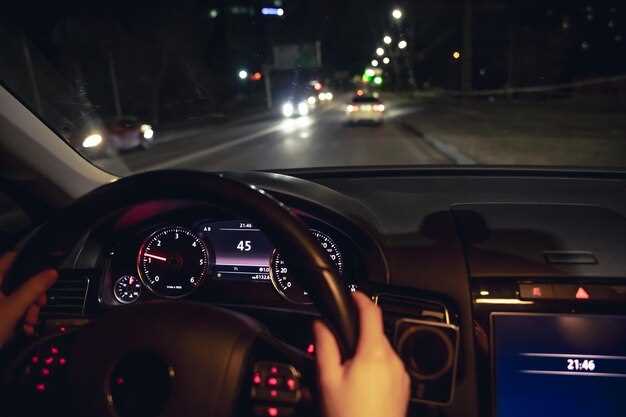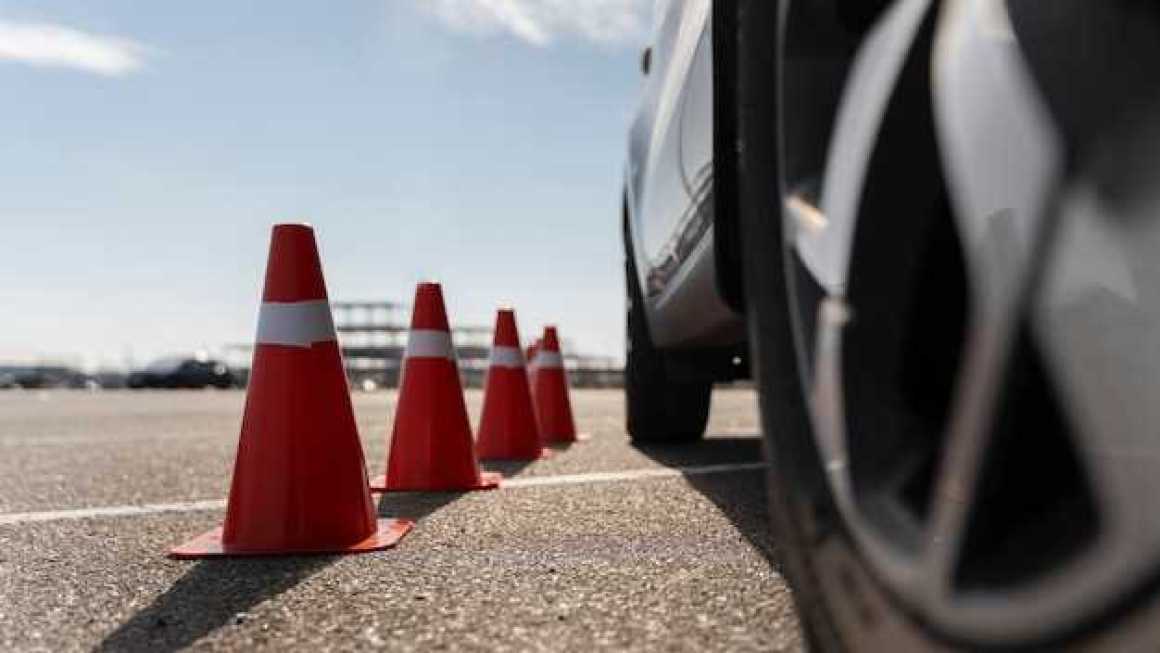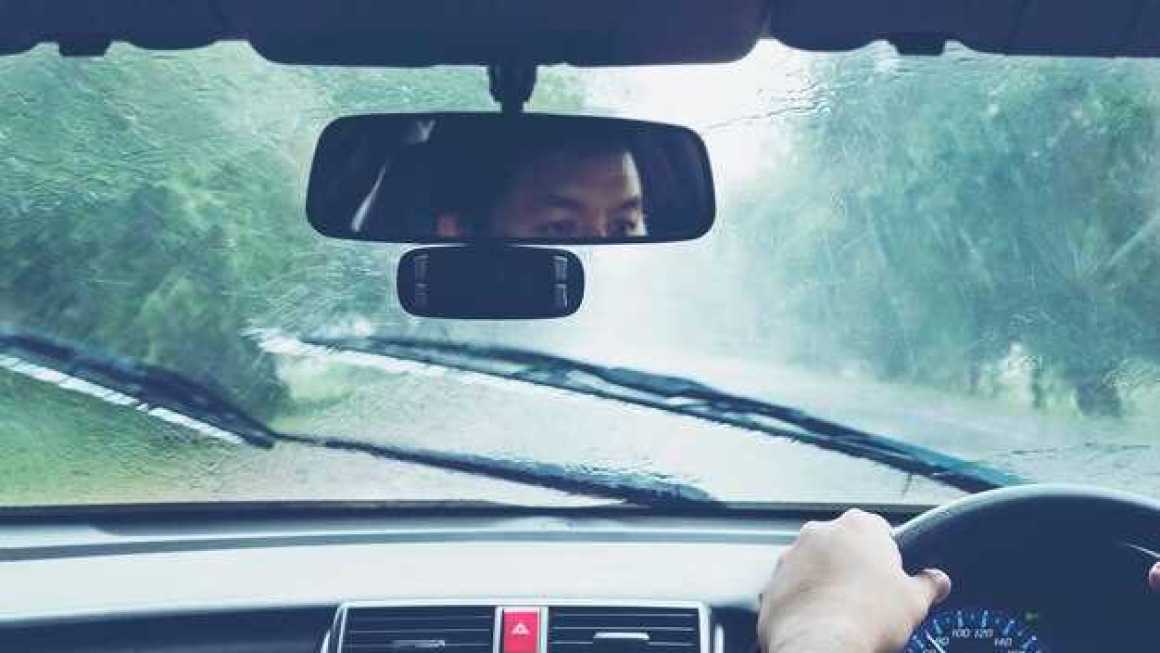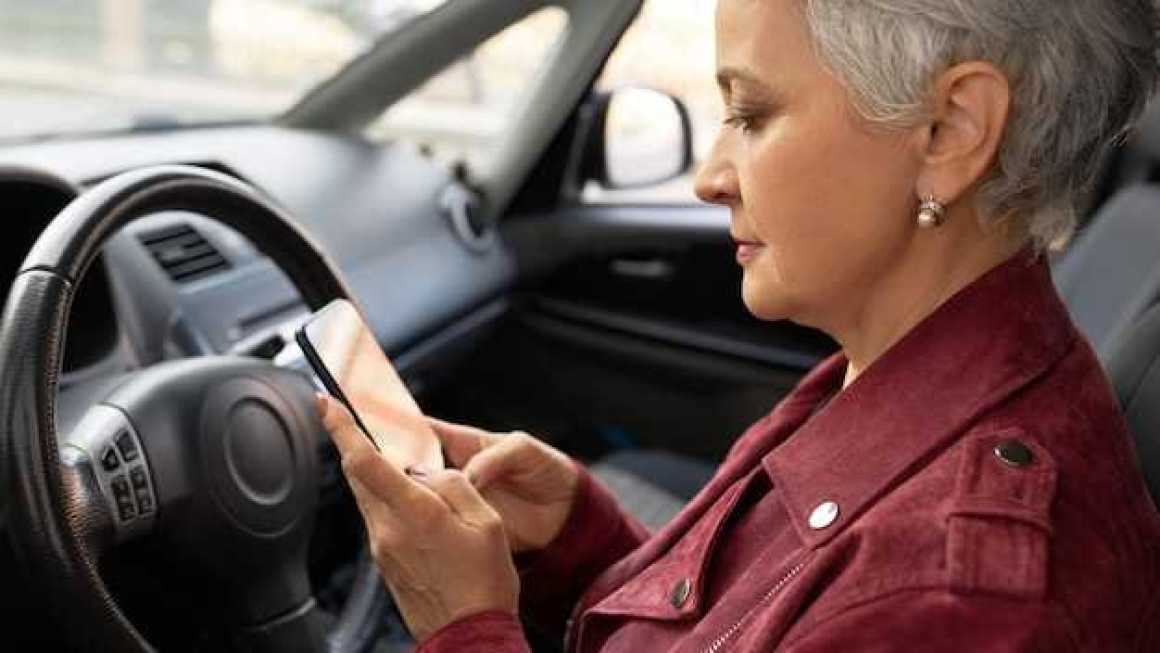
Driving at night presents unique challenges that require heightened awareness and caution. The lack of natural light makes it more difficult to spot potential hazards, and the glare from oncoming headlights can momentarily blind even the most experienced drivers. For these reasons, understanding and implementing effective night driving safety tips is essential for ensuring a smooth and safe journey.
One of the most critical aspects of night driving is the use of headlights. Properly functioning and correctly aimed headlights improve visibility and help you see the road ahead clearly. It’s vital to ensure that your headlights are clean and bright, as dirty or dim lights can significantly reduce your ability to detect obstacles and road signs. Additionally, remember to switch to low beams when approaching other vehicles to prevent blind spots and improve safety for all drivers on the road.
Moreover, night driving requires extra attention to road conditions and the behavior of other drivers. Fatigue is a common issue, and it can severely impair your reaction time and decision-making skills. Make sure to take regular breaks, avoid distractions, and stay vigilant to ensure that your night journeys are as safe as possible. By adhering to these night driving safety tips, you can significantly reduce the risks associated with driving after dark.
Optimal Headlight Usage for Maximum Visibility

Driving at night poses unique challenges, making it essential to utilize headlights effectively for maximum visibility. Proper headlight usage not only enhances your ability to see the road and obstacles but also ensures that other drivers can see you clearly.
Make sure to use your low beams in fog, rain, or snow. High beams can reflect off precipitation, reducing visibility and causing dangerous glare. Conversely, when driving on open roads with little to no traffic, high beams provide greater illumination and can help you spot any potential hazards sooner.
Regularly check the alignment and condition of your headlights. Misaligned headlights can distort your perception of the road, while burnt-out bulbs not only reduce visibility but also increase the risk of accidents. Cleaning your headlights can also prevent dullness caused by oxidation, allowing for brighter light output.
Additionally, switch on your headlights at dusk or during inclement weather, even if you are not required to do so. This practice ensures that you are more visible to other drivers, helping prevent collisions. Remember that daytime running lights are not a substitute for full headlights, especially at night.
Lastly, use your headlights judiciously in urban areas with street lighting. While it may be tempting to rely solely on ambient light, having your headlights on can still enhance your visibility and make you more noticeable to pedestrians and cyclists.
Techniques to Reduce Glare and Eye Fatigue

Driving at night can present unique challenges, particularly when it comes to glare and eye fatigue. Implementing effective techniques can significantly enhance your night driving experience.
Use Anti-Reflective Lenses: If you wear glasses, consider using anti-reflective lenses. These lenses minimize glare from oncoming headlights and reduce distractions, allowing for clearer vision during nighttime driving.
Adjust Your Rearview Mirror: Most modern vehicles have a night mode feature in the rearview mirror. Engaging this feature helps to reduce reflections from headlights behind you, minimizing eye strain and enhancing comfort on the road.
Keep Your Windshield Clean: A dirty windshield can exacerbate glare from headlights. Regularly cleaning both the interior and exterior of your windshield ensures optimal visibility and reduces distractions while driving at night.
Utilize Proper Headlight Settings: Ensure your vehicle’s headlights are correctly aimed and use low beams when driving behind another vehicle. This not only reduces glare for other drivers but also helps maintain your focus on the road without straining your eyes.
Limit Distractions: Reduce the brightness of your dashboard lights and avoid using your phone or other devices while driving. Keeping distractions to a minimum helps maintain concentration and reduces eye fatigue.
Take Regular Breaks: If you’re on a long night drive, take scheduled breaks to rest your eyes. Stepping away from driving for a few minutes can help alleviate fatigue and keep you alert for the remainder of your journey.
Wear Polarized Sunglasses: During twilight hours or times when the sun is low, polarized sunglasses can effectively reduce glare from both the road and other vehicles. This can be particularly useful when transitioning from day to night driving.
By applying these techniques, you can reduce glare and eye fatigue, making your night driving experience safer and more comfortable.
Essential Vehicle Preparations Before Night Trips
When planning a night driving journey, ensuring your vehicle is in optimal condition is crucial for safety. Start by conducting a thorough inspection of your lights. This includes headlights, taillights, brake lights, and turn signals. Proper illumination is essential for visibility and for being seen by other drivers.
Next, check your tires. Ensure they are properly inflated and have adequate tread depth. Worn tires can significantly reduce traction, especially on wet or slick roads often encountered at night. Consider rotating your tires if they show uneven wear.
Another vital preparation is to test your windshield wipers and ensure that your windshield washer fluid is full. Clear visibility is paramount during night driving, and functioning wipers assist in removing any debris or rain that can obscure your view.
Additionally, ensure that your battery is in good condition. Night driving can put extra strain on your vehicle’s electrical system due to the increased use of lights. A weak battery could leave you stranded, particularly if your vehicle struggles to start in dim lighting.
Finally, make sure to have an emergency kit on hand. This should include reflective triangles, flashlights, and first-aid supplies. In the event of a breakdown or emergency during night driving, these tools can be invaluable for your safety.



